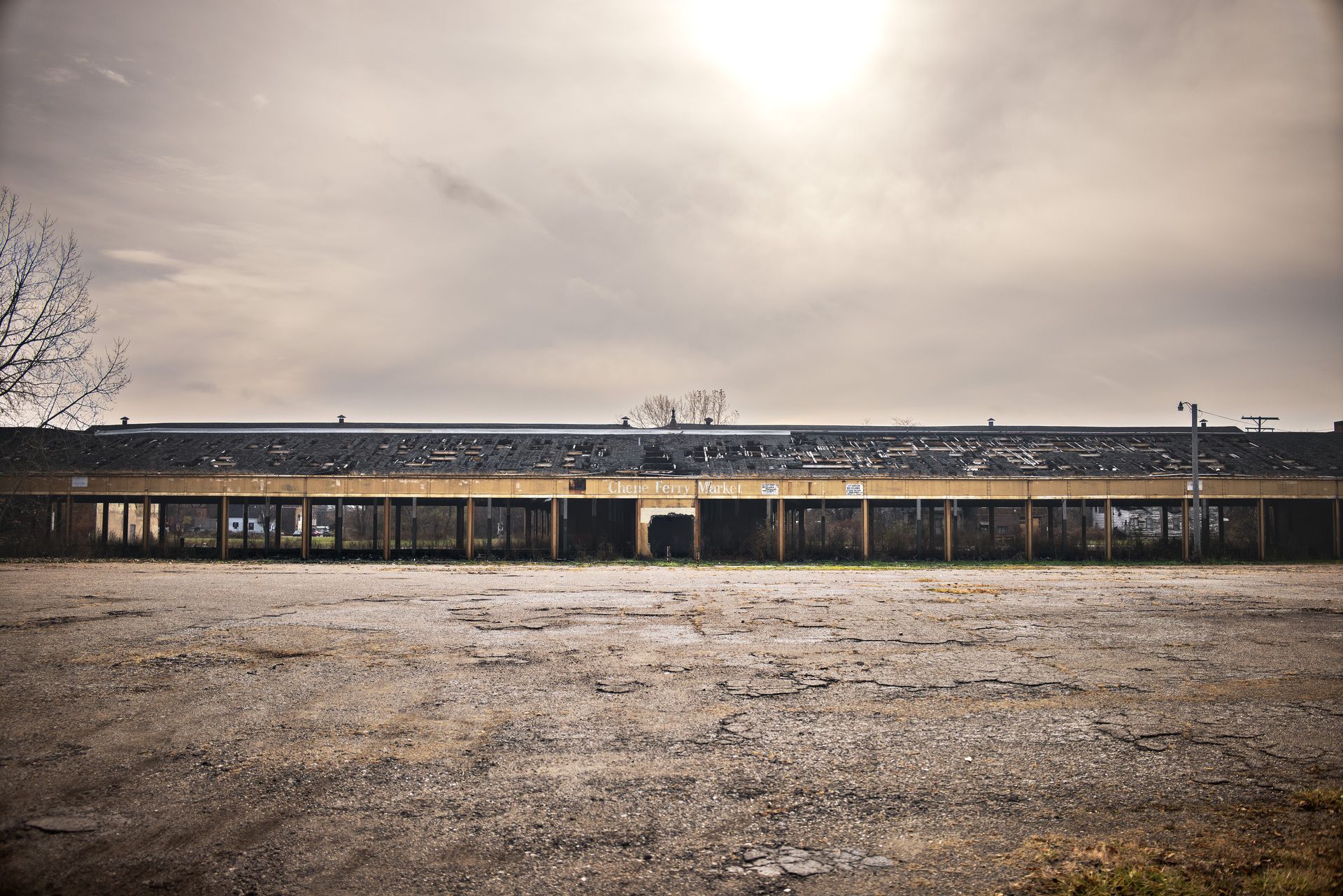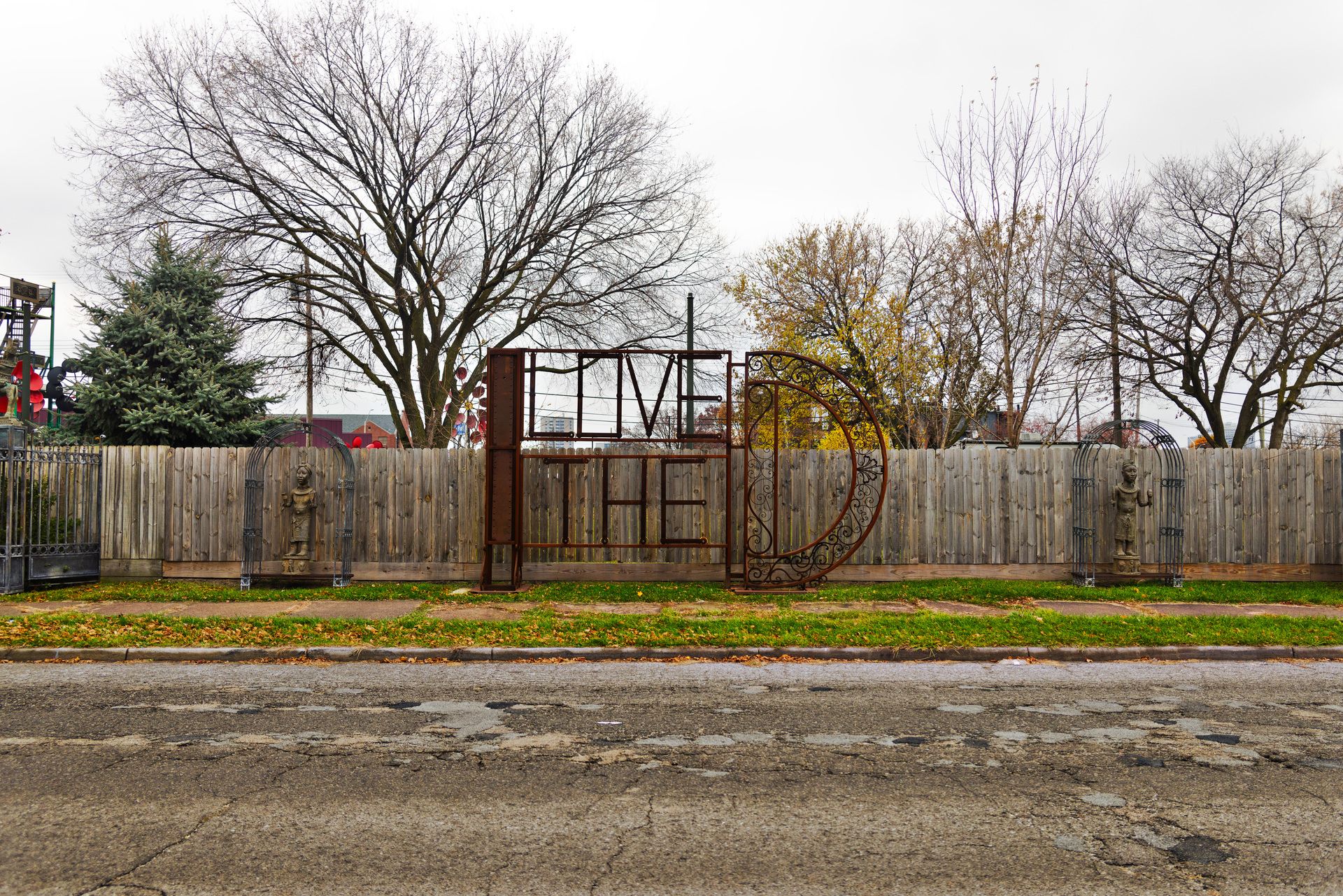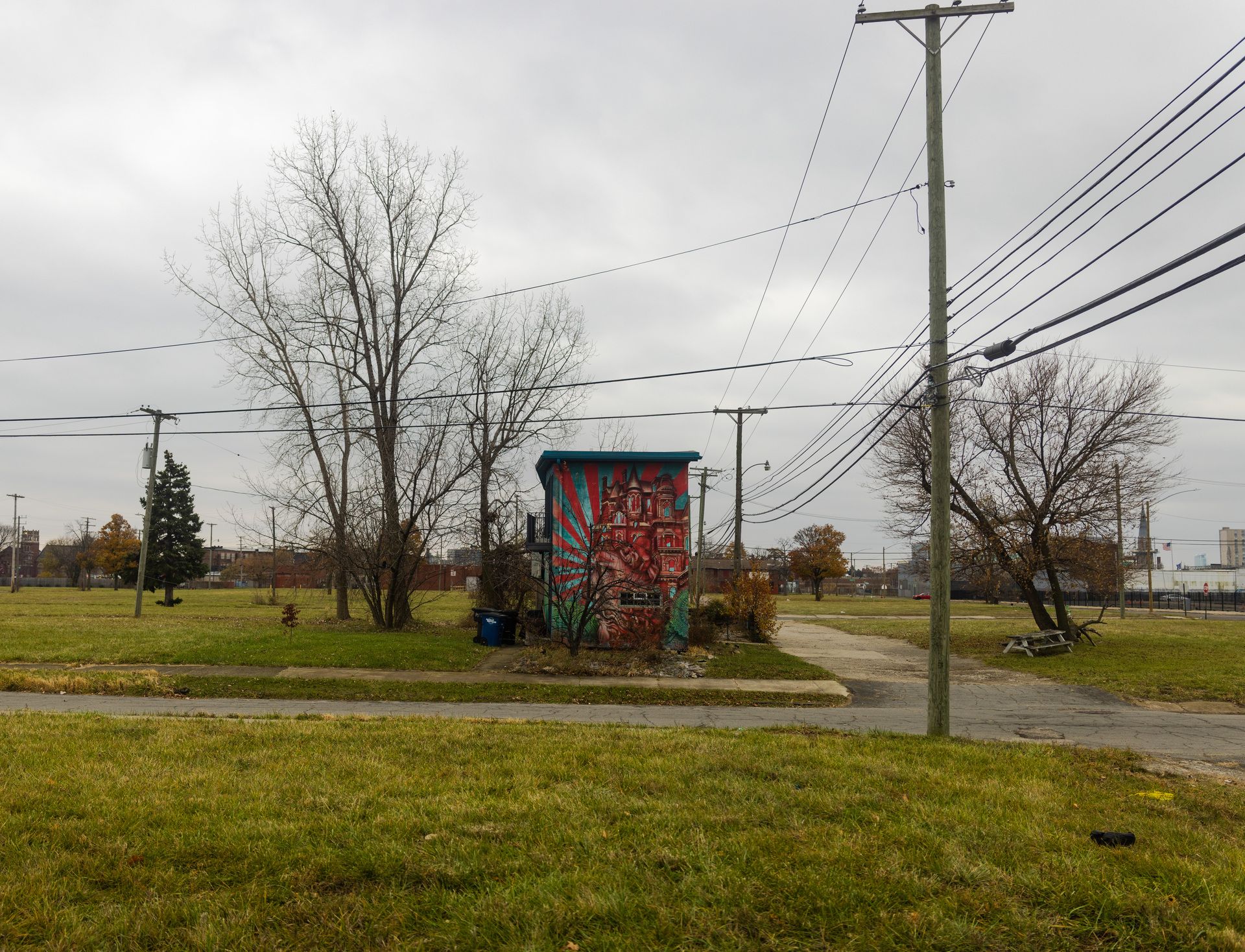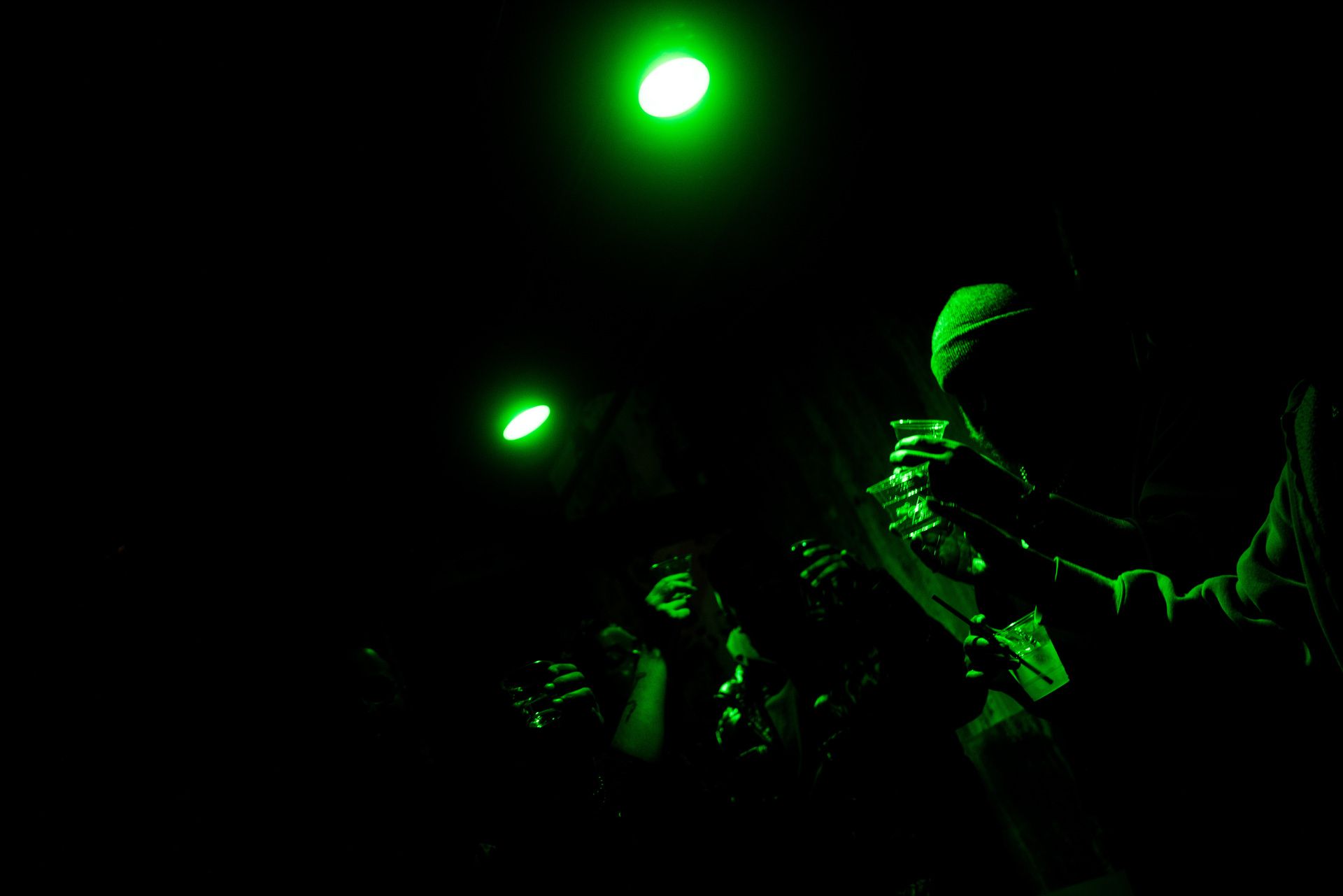- The Counterpublic Papers
- Posts
- The Counterpublic Papers vol. 10 no. 6
The Counterpublic Papers vol. 10 no. 6
This Week
Damon Keith Lecture
Cambridge Black Lives Matter Mural
Detroit Photography
Damon Keith Lecture
How do imaginaries function politically? What role do political movements play? To the extent that imaginaries can be extended, how might we use politics to do so? And how do the recent elections of Zohran Mamdani, Katie Wilson, and Brandon Johnson fit in?
Last week I gave the Damon Keith Center Bi-Annual lecture at Wayne State University’s Law School. It gave me an opportunity to go home and talk about what I think is the most important city of the twentieth century. The benefit of growing up in Detroit and still spending significant time there even though I haven’t lived in the state for over twenty years, is that I can talk about the “back then” and the “here and now” with at least some degree of accuracy.
There’s a possibility that we might cut it up and use it for future work, but if you’re interested the talk itself starts at the 50 minute mark.
Shout out to Peter Hammer, and Dr. Angel McKissic for their work—although the talk was technically co-sponsored by the Department of African American Studies and Political Science, the Damon Keith Center and their staff did all of the heavy lifting.
I talked with a mentor afterwards, who saw the talk on YouTube. And let’s just say that everyone should have someone in their lives who can simultaneously express heartfelt love, and tell you what you didn’t do in the talk. (And be right.)
But I’m hoping that this is just the beginning.
One of the benefits of the technological advances we’ve made just since COVID is that with just a few tools, it’s possible to make significant intellectual interventions. I know longer have to actually be in Detroit to make the contributions that I’ve wanted to make there. I can do it with partners. Relatedly it is far easier than it has ever been to make real connections between people doing work in Baltimore and Detroit. I worked on the talk at BasBlue, and met someone with Baltimore roots (their parents love the area so much they named their sibling after Camden Yards!) who told me about a podcast called Detroit is Different.
Imagine something like that, but focused on Detroit’s political history (and present)?
One quick example of how important this work is should suffice.
So the 1967 Detroit rebellion was one of the most important domestic events of the last sixty years. Like many of the rebellions of that period (and this one) the catalyst was police violence. And like all of the rebellions of that period (and most of this one) the police officers directly responsible were not held accountable.
However, organizers in Detroit took a different approach in response. They decided to hold a public tribunal, putting the police officers, and Detroit government itself on trial. Radical lawyers served as the prosecution, radicals (including Rosa Parks) served on the jury. About 3000 folk attended.
Now I don’t quite know this story like the back of my hand….but I know it a bit. But what was interesting but shouldn’t have been, was the fact that the folk under 50 in the audience didn’t know the story.
Like, at all.
If I learned anything from my resistance course this semester, I learned that resistance itself is genetic. But resistance that’s more than individual in nature, that is cultivated. And it’s a lot easier to cultivate in conditions where the soil, so to speak, is good soil. And the more folks have basic education about their own space, the more likely that soil is to be good soil.
(When I was a guest host on the Marc Steiner Show—which is now really a blast in the past—I thought about an Oakland-Detroit-Baltimore project that I called ODB in my head as a shoutout to Ole Dirty Bastard of the Wu Tang Clan. I still think something like this would be useful, for a range of reasons.)
Cambridge Black Lives Matter Mural
My good friend Mike called me while driving back from Maryland’s eastern shore. For folk who don’t know the eastern shore of Maryland has a tortured history. I mention Detroit’s rebellion above. While folk are probably aware of Baltimore’s rebellion, which happens a year later after the King assassination, folks outside of the area are probably not aware that Cambridge, MD. exploded almost a year before Baltimore did. The political conditions of the region were still contentious enough that organizers in Cambridge created a Black Lives Matter mural project.

This is what the street looks like now.

Political officials in Cambridge note that the street paving was simply business as usual and that the street repayment was planned two years before artists created the street mural. But I don’t think it’s a coincidence that they also paved over a Pride-themed crosswalk in order to fit federal guidelines.
Cambridge residents gave their mayor the business after these decisions. There are a whole set of local actions like this that we’re not paying attention to, not because our attentions spans are short, but rather because the local news apparatus doesn’t work the way it should. And when we finally make the U-Turn it won’t be sufficient to focus on the national. (For some reason I’m reminded of the ending of J. R. R. Tolkien’s Lord of the Rings and Frodo’s return to the Shire.)
Detroit Photography
I got a chance to shoot while I was in Detroit.




My class, for all intents and purposes, is over. That means I’ll have a bit more time to write. More soon. |